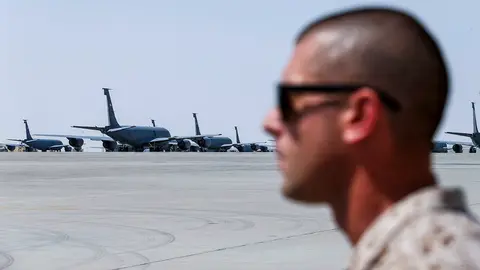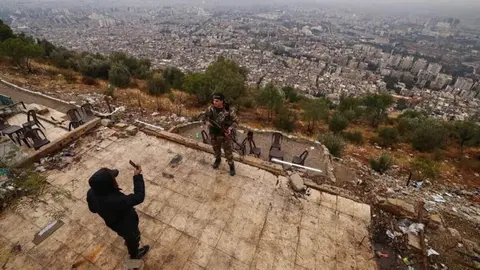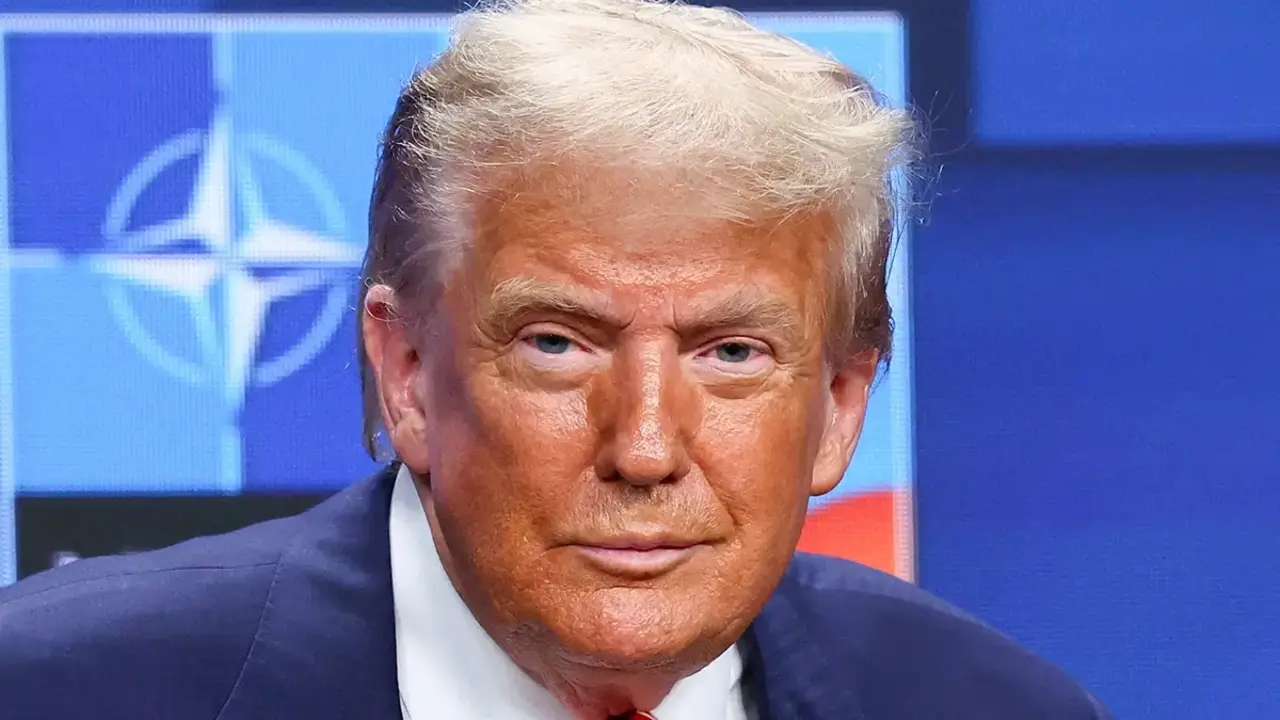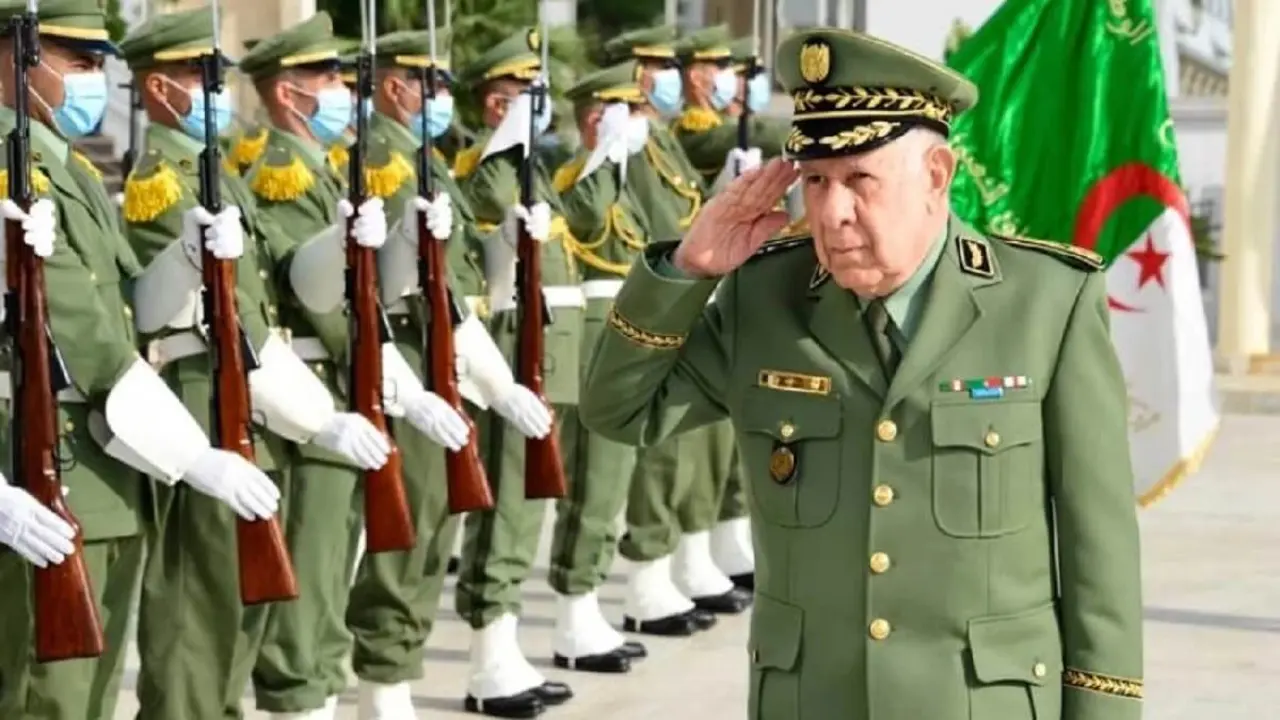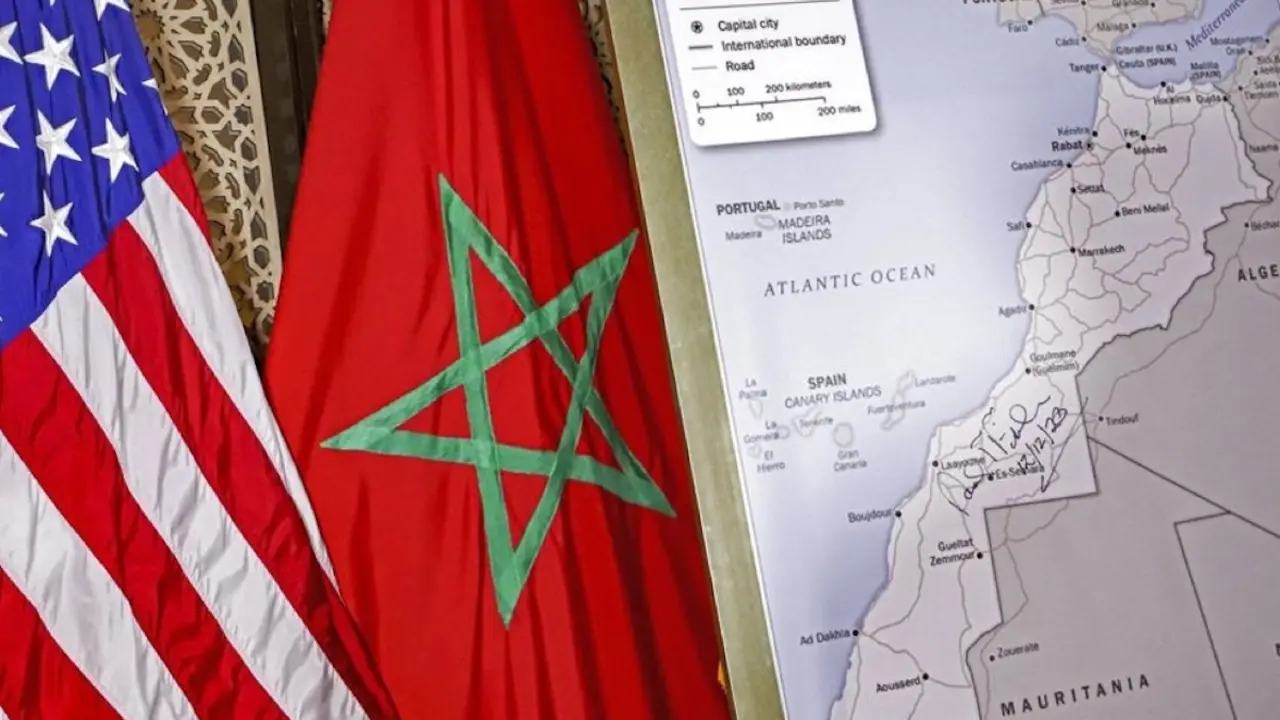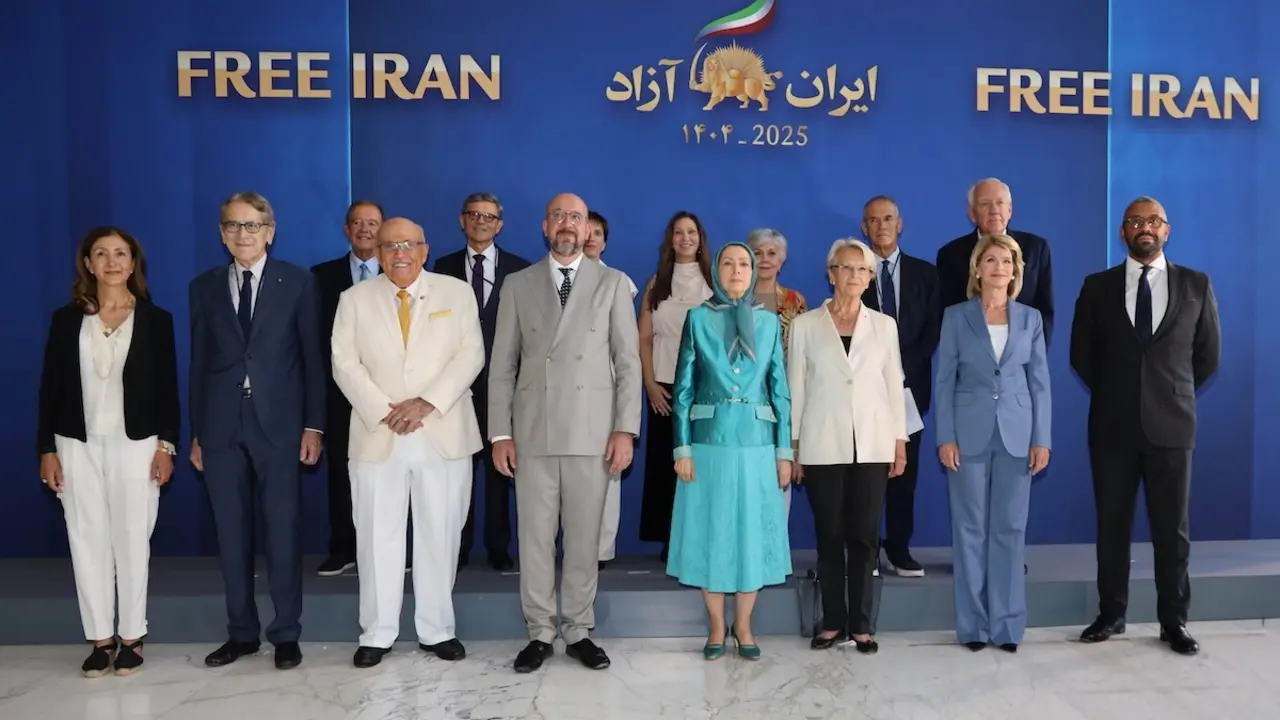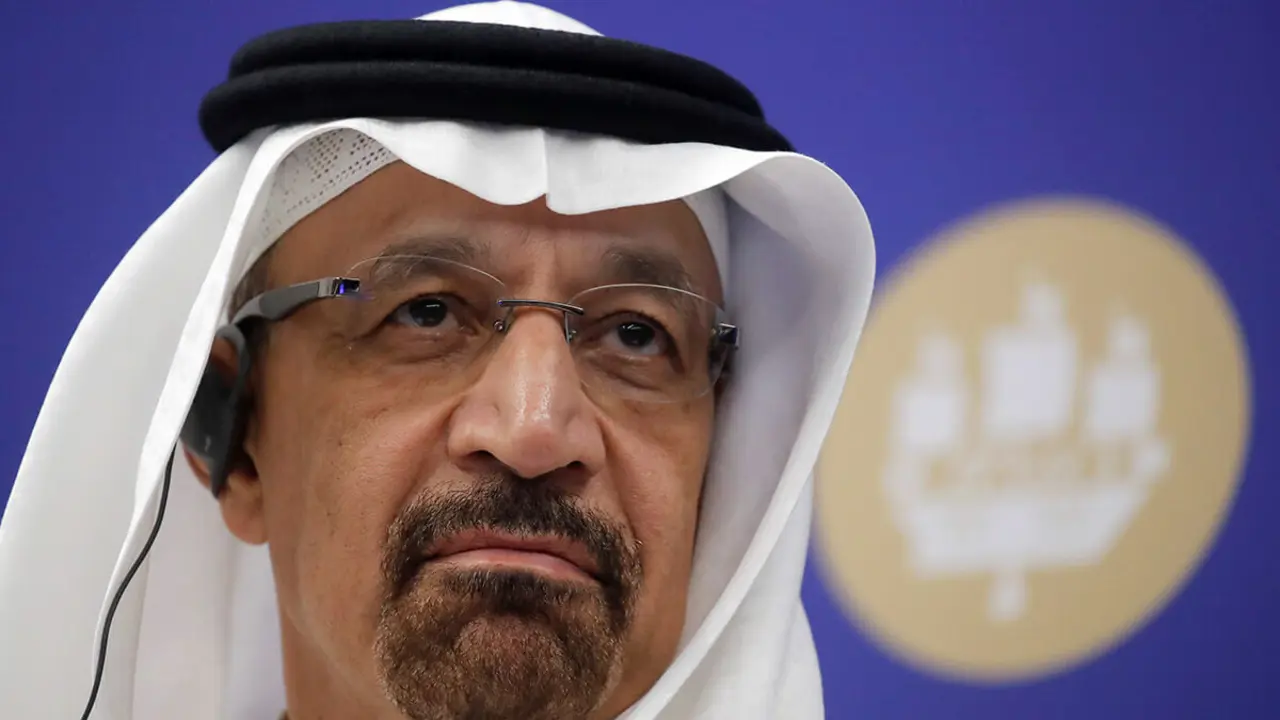The United States approves a major sale of drones to Qatar
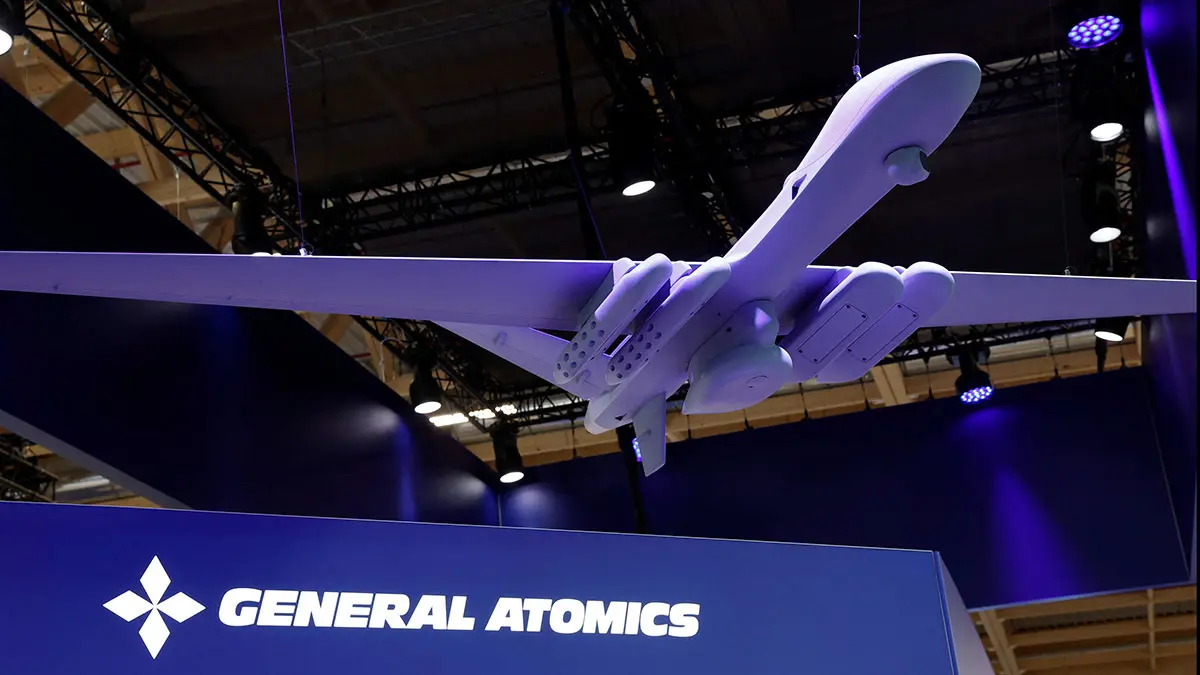
The United States has approved a major deal to sell drones to Qatar worth close to 2 billion dollars.
The deal approved by Washington involves the sale of eight MQ-9B drones to the State of Qatar and would be the first sale by the US company General Atomics to the Middle East.
These eight MQ-9B drones are equipped with advanced sensors and Hellfire missiles and JDAM and Paveway II guided bombs.
General Atomics is an American diversified technology and defence company, founded in 1955 as a division of General Dynamics and acquired by the Blue family in 1986. GA and its affiliated companies operate on five continents and include GA Aeronautical Systems, Inc. (GA-ASI).
GA-ASI produces a range of unmanned aircraft and provides electro-optical, radar, signal intelligence and automated airborne surveillance systems.
It is one of the most prominent companies in the sector of unmanned aircraft or drones for military and defence purposes, which is why the agreement between Washington and Doha is of great importance.
The potential deal also includes hundreds of bombs, dozens of missiles, numerous radars, radios, ground-based satellite communications systems and related equipment, as well as US technical support.
Among the equipment included in the proposal are various weapons such as 200 KMU-572 Joint Direct Attack Munition (JDAM) guidance kits for GBU-38 or GBU-54 Laser JDAM bombs, 300 BLU-111 500-pound general purpose bombs, 100 MXU-650 kits and 100 MAU-169 control modules for GBU-12 Paveway II guided bombs, 110 AGM-114R2 Hellfire II air-to-ground missiles and eight M36E9 Hellfire Captive Air Training Missiles (CATM). Also sensor and navigation systems such as ten Lynx AN/APY-8 synthetic aperture radars, ten L3 Rio Grande COMINT communications intelligence systems, 28 GPS/inertial navigation devices (EGI) with M-Code and 12 EGI devices with Selective Availability Anti-Spoofing Modules (SAASM). On the other hand, other systems included are Honeywell TPE-331 engines, certifiable ground control stations (CGCS), Rohde & Schwartz UHF/VHF radios, secure communications and encryption equipment, SAGE and AE-4500 electronic scanning radar systems, Link-16 KOR-24A Small Tactical Terminals (STTs) data link systems and training, maintenance and spare parts, according to information from specialised media such as Aviación Online.
These unmanned aircraft are expected to be delivered by the end of 2025.
Relevance of drones
Drones are becoming increasingly important internationally in the military and defence fields. Because of this, any kind of agreement or cooperation on unmanned aircraft is very important on an international scale.
Drones have various uses in the military field as they can be used to support land units by bombing or launching missiles from the airspace, as well as a surveillance and patrol tool or even to carry out special operations against a specific material or personal target.
The United States and Qatar are thus showing significant cooperation in terms of international policy and defence, demonstrating that the Qatari country is important for the consolidation of security in the Middle East, as are other nations such as Saudi Arabia and the United Arab Emirates, which are also remarkable partners and allies of the North American giant.
The US Defense Security Cooperation Agency (DSCA) has stated that this sale of drones and weaponry will strengthen US security by also improving security in an allied nation in the Middle East such as Qatar.
The agency added that the sale ‘will improve Qatar's ability to confront current and future threats by providing intelligence, surveillance, reconnaissance and target acquisition capabilities’ and will serve ‘to improve its security and defence’ against possible real threats on the ground such as the activity of criminal gangs or the dangerous actions of regional armed groups or extremist terrorist entities operating in hotspots.

